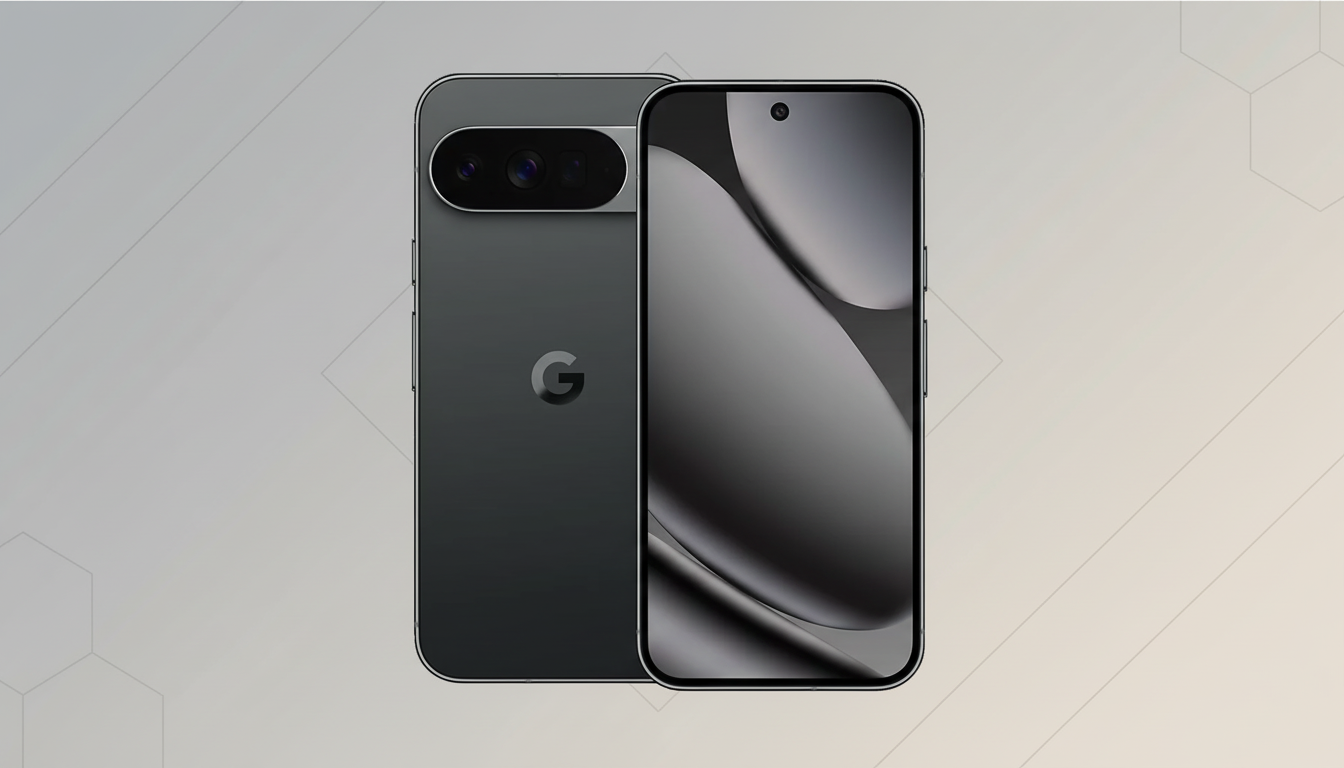Pixel 10’s headline acts may be the flashy 100x ProRes Zoom and the new Camera Coach, but the most transformative camera upgrade is hiding in plain sight. Google’s Panorama mode has quietly matured into a powerhouse, turning sprawling scenes and tight cityscapes into crisp, drama-filled images that older Pixels simply couldn’t handle.
The Panorama upgrade you haven’t tried on the Pixel 10
Open Panorama on the Pixel 10 and you’ll notice something immediately useful: you can now choose 1x, 2x, or 5x before you start panning. That single change completely reframes what “panorama” means. Instead of a default wide sweep that crams in everything, you can telephoto-pan to isolate what matters and exclude the clutter.
- The Panorama upgrade you haven’t tried on the Pixel 10
- What changed under the hood of Pixel 10 Panorama mode
- From weak link to secret weapon for Pixel panoramas
- Real scenes where Pixel 10 Panorama mode truly shines
- Pro tips for flawless Pixel 10 panoramas and results
- Pixel 10 Panorama mode is a sleeper hit worth trying

Multi-zoom and vertical panorama options explained
At 1x, you capture the entire bay, skyline, or mountain range. At 2x, you carve away empty sky and foreground. At 5x, you stitch a high-detail ribbon of the distant city, skipping fences, tourists, and signage. It’s ideal for coastal horizons, hillside towns, or castle facades where you want scale without distractions.
And there’s another quiet addition: vertical panoramas. Hold the phone in landscape and pan upward to frame tall architecture and trees without resorting to warped ultrawide shots. Think temple columns, cathedral naves, or canyon walls — now you can capture them with natural lines and texture instead of the bulbous stretching you get from a wide lens.
What changed under the hood of Pixel 10 Panorama mode
The leap isn’t just UI polish. Google has clearly reworked resolution, seam blending, and HDR smoothing. Panos retain fine detail in brick, foliage, and distant signage while suppressing the tell-tale stitching scars that used to cut across skies and water.
The Pixel pipeline—rooted in HDR+ research Google has published over the years—leans on gyro data, optical flow, and exposure fusion. On the Pixel 10, you see steadier edges, better tonal roll-off in highlights, and fewer banding issues across bright-to-dark transitions. Even moving crowds and rippling flags merge without obvious ghosting, something older Pixels routinely fumbled.
Most importantly, the resolved image size is now worthy of framing. Past Pixel panos often felt like social-only files; the Pixel 10 outputs look print-ready. In side-by-side checks with earlier generations, textures that used to dissolve into mush hold up when you pinch in.

From weak link to secret weapon for Pixel panoramas
For years, panorama was the Pixel camera’s blind spot. Pixel 7 users will remember that flat, low-res results paled next to rivals. In many cases, older Pixel panos were barely 5MP; contemporary iPhones saved north of 20MP, according to community testing and print-size comparisons shared by mobile photography reviewers.
The Pixel 9 started the turnaround with a clear interface and noticeably larger, cleaner files. The Pixel 10 completes the job: multi-zoom panos, vertical support, and higher fidelity stitching make it a true mode of first choice rather than a last resort after ultrawide. That concords with wider computational gains lately noted by camera analysts and labs such as DXOMARK: detail retention and tone mapping are growing smarter, not merely sharper.
Real scenes where Pixel 10 Panorama mode truly shines
City skylines from hill viewpoints are ideal displays. A 5x pano cuts through the people and foreground railing, leaving the clean, continuous skyline of rooftops and landmarks.
In palaces and museums, 2x vertical sweeps of equal size capture ornate straight geometry, ditching the ultrawide’s bowing lines.
Coastal panoramas benefit as well. Tele-pan your pano along the coast to feature coves, marinas, and cliffs, excluding the dead space of empty sky or sea. The improved HDR smoothing in the Pixel 10 maintains sea glitter and cloud highlights while preserving the darker rock textures.
Pro tips for flawless Pixel 10 panoramas and results
- Choose your zoom first: 1x for sweeping context, 2x for sweeping away clutter, 5x to deep dive into distant details.
- Pivot from the hips and maintain the phone’s position to reduce parallax; don’t move around the sweep.
- Pan slowly and steadily, particularly at 5x where small shakes are amplified.
- If highlights matter, tap to expose for the brightest portion of the scene, or, if you need balanced shadows, expose the mid-tones.
- If you require an architectural image, use vertical panos to maintain straight lines without leaning on a perspective correction tool later.
- Before clicking again, offer the Pixel a second to process. The compute work underway, which includes stitching, ghost reduction, and tone mapping, pays off in cleaner edges and more predictable skies.
Pixel 10 Panorama mode is a sleeper hit worth trying
The Panorama mode of the Pixel 10 is no longer a novelty — it’s the sleeper hit of the camera app. The multi-zoom and vertical sweeps offer more flexibility than a single wide angle, and the smarter stitching captures scenes that no single frame can do justice to. So before running up another 100x close-up, give Panorama another try. You could get the most rewarding images your Pixel 10 can create.

